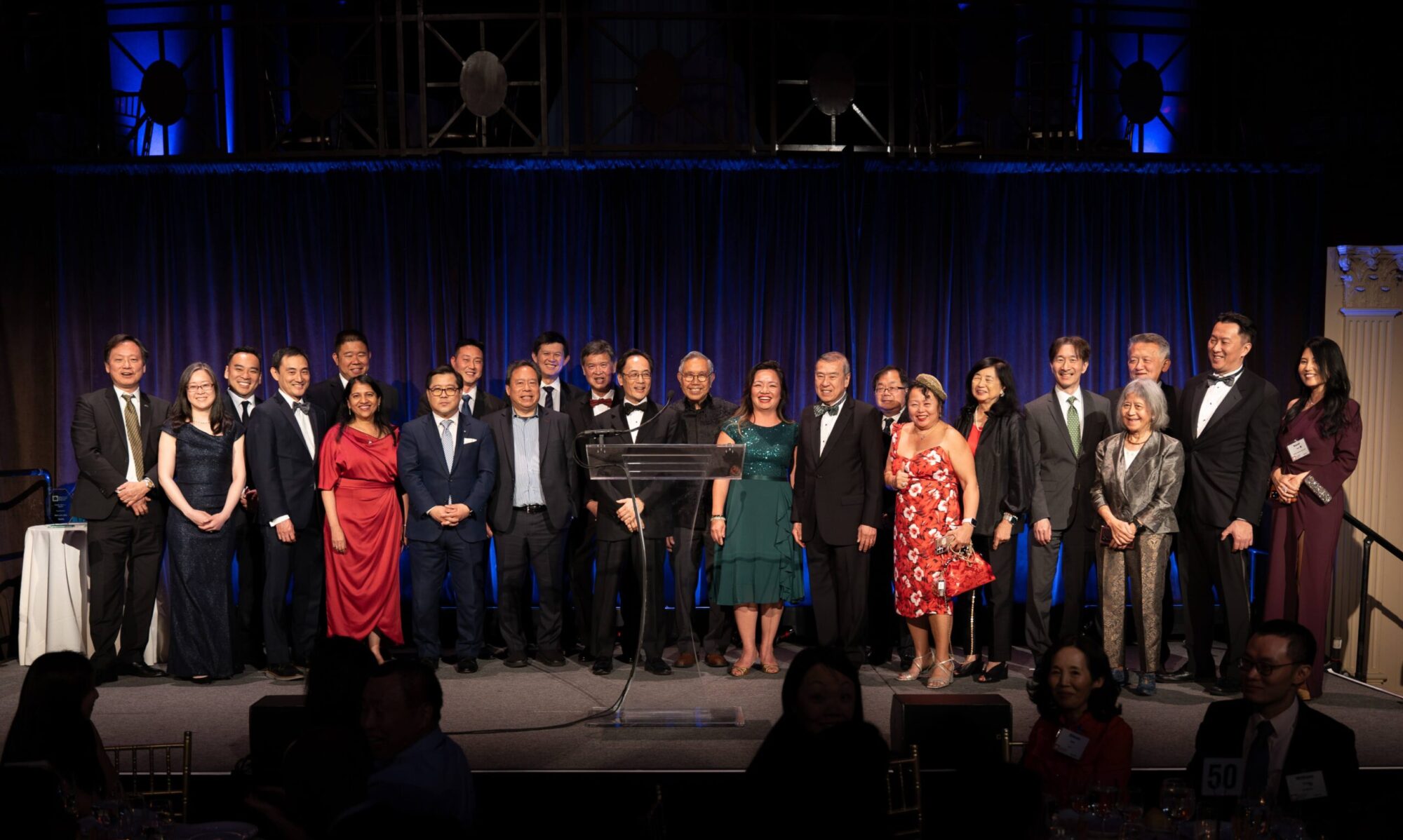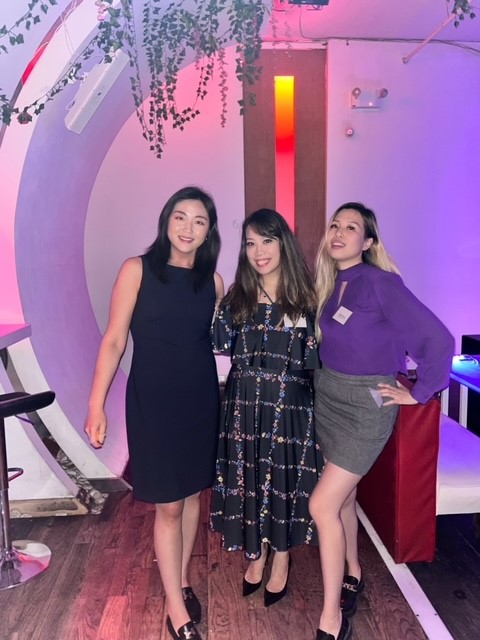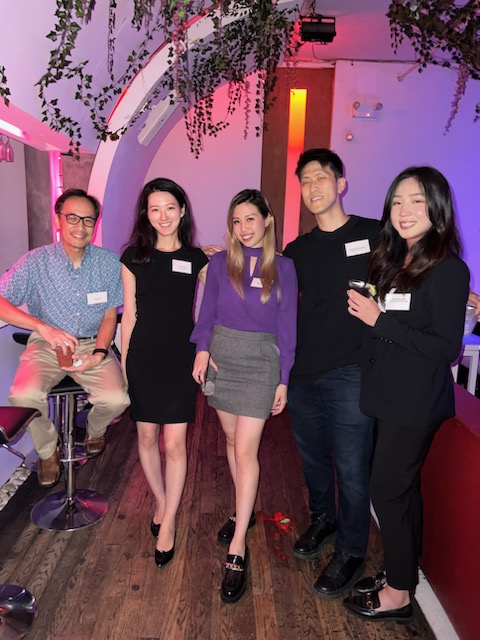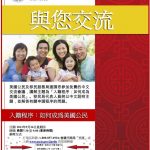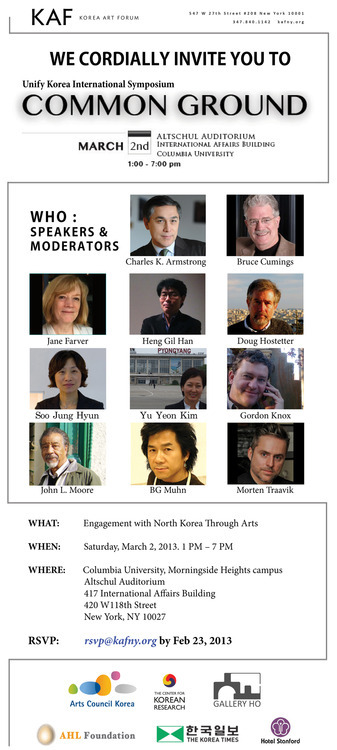On November 1, 2025, The Asian American Bar Association of New York (AABANY) and the Asian American Law Fund of New York (AALFNY) participated as exhibitors at Asian Americans for Equity’s (AAFE) inaugural Financial Access Resource Fair. This event was organized in response to the growing economic pressures affecting local families, businesses, and older adults. Held at the Glow Cultural Center in Flushing, Queens, the fair took place from 12:00 PM to 3:00 PM.
The Financial Access Resource Fair aimed to provide immediate assistance to residents and small business owners facing challenges such as paying rent, affording healthcare, securing food for their families, and sustaining small enterprises. Additionally, the event served as a dynamic platform for local nonprofit organizations to engage with community members, form connections with community partners and elected officials, share valuable resources, and promote collaboration. AABANY and AALFNY’s presence was marked by meaningful engagement and a strong commitment to community empowerment.

Throughout the three-hour event, AABANY and AALFNY welcomed approximately 73 attendees to its table. Gary Yeung, a Co-Chair of AABANY’s Pro Bono & Community Service Committee (PBCS), and Nandar Win Kerr, Treasurer and Consultant to the PBCS, represented the organizations and interacted directly with guests, taking time to understand their needs in providing information and answering questions. The PBCS team ensured that every visitor left with valuable information and a sense of support.

Gary and Nandar, on behalf of AABANY and AALFNY, provided personalized information sessions. Attendees could stop by for one-on-one conversations with the PBCS team to learn about the organizations’ joint free legal clinics in Brooklyn, Manhattan and Queens, and Legal Referral and Information Service (“LRIS”). These clinics and LRIS offer vital legal assistance to individuals who might otherwise face cultural or language barriers to accessing justice. By detailing the clinics’ services and answering specific questions, Gary and Nandar empowered attendees to make informed decisions about their legal needs.
To further enhance the fair experience, PBCS distributed practical items to attendees. Each visitor received a drawstring bag filled with pens and notebooks—useful tools for everyday life and especially beneficial for those seeking to organize legal documents or take notes during the information session and clinic visits. These giveaways served as both a thoughtful gesture and a tangible reminder of the resources available through AABANY’s free legal clinics.

AABANY and AALFNY’s involvement in AAFE’s Financial Access Resource Fair exemplified the spirit of collaboration and service that defines the nonprofit sector. By engaging personally with 73 attendees, providing informative one-on-one sessions about free legal clinics, and offering practical gifts, AABANY and AALFNY strengthened their relationship with the community and reaffirmed its commitment to making legal support accessible to those who need it most.
We invite you to join AABANY’s upcoming Pro Bono Clinics taking place on:
November 19th [Manhattan link here] from 6:30-8:30pm, AAFE Community Center, 111 Norfolk Street, NY, NY 10002
December 3rd [Queens link here], from 6:30 – 8:30pm, One Flushing Community Center, 133-29 41st Ave, 2nd Floor, Flushing, NY 11355
January 10th [Brooklyn link here], from 12:30 – 3:30pm, CPC Brooklyn Community Services, 4101 8th Avenue, Brooklyn, NY 11232
Big congratulations to AAFE for successfully organizing their inaugural Financial Access Resource Fair!
— Written by Nandar Win Kerr, AABANY Pro Bono & Community Service Committee
